About The Wine
François Crochet’s Coteaux Giennois is no ordinary wine. It’s a special parcel on the left bank (east side) of the Loire River, just across from Sancerre and north of the Pouilly-Fumé appellation. Its soils are composed of glacial morraines littered with rounded silex rocks, rather than the jagged ones found on the southeastern area of Sancerre.
What’s most unique about this vineyard site is its genetic material. With all the talk we make about geological imprints on wine, differences within the plant material can influence a wine in different ways. Ancient cultivars have had a difficult road within the last century as many low-production, high-quality cultivars of a specific grape type were ousted for those with a greater production than quality—a common challenge in much of the more successful European wine regions since World War II.
François Crochet’s Les Perrois Sauvignon Blanc comes from a communal nursery project that began almost twenty years ago. It’s planted to Sauvignon Blanc, Pinot Noir and Gamay, the three grapes that can legally bear the Coteaux du Gennois appellation. Within the vineyard is planted a collection of around two-hundred and fifty massal selections (well-adapted, ancient strains of a grape variety) collected by the local, well-known viticultural consultant company called, Ceps-Sicavac. The Ceps-Sicavac team, led by one of the most talented progressive viticulturalists of our time, François Dal, worked with many vignerons in this part of the Loire Valley to isolate some of the oldest vine parcels and to observe them over a three-year period before making the selections to preserve and cultivate within Les Perrois.
François Crochet preserves Les Perrois’ fresh, bright characteristics by fermenting and aging it in stainless steel for six months before bottling. Its general profile falls within the classic Sauvignon nuances of the region that includes iodine, wet stone, flint, citrus, and in 2019 a more generous helping of taut white and yellow stone fruit.It’s interesting to try wines from Saint-Bris compared to those Sauvignon Blanc appellations in the upper Loire River, because they are a geological match to much of Sancerre’s kimmeridgian limestone wine country known as Terres Blanches, located on the left bank (west side) of the Loire River to the north of the village.

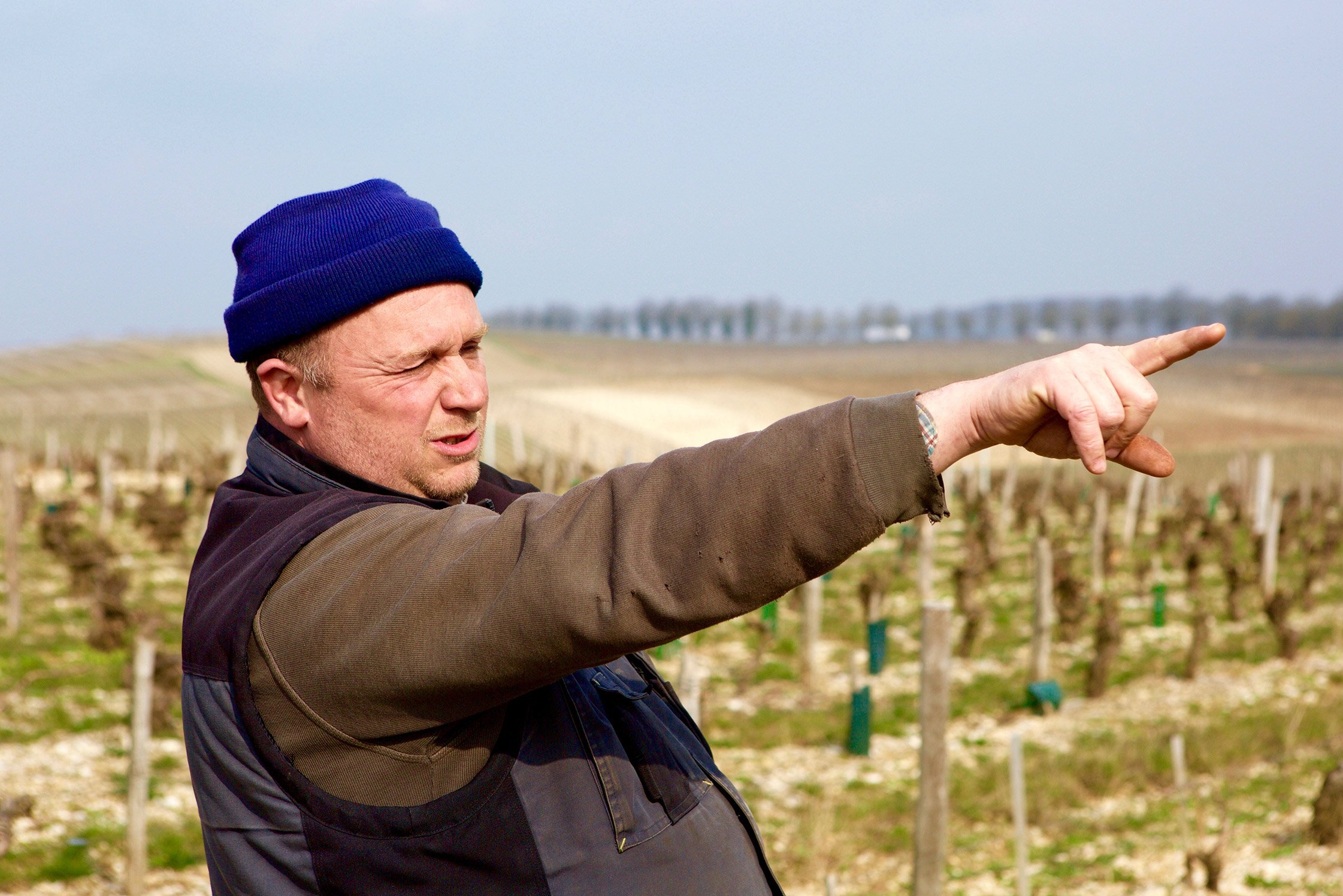
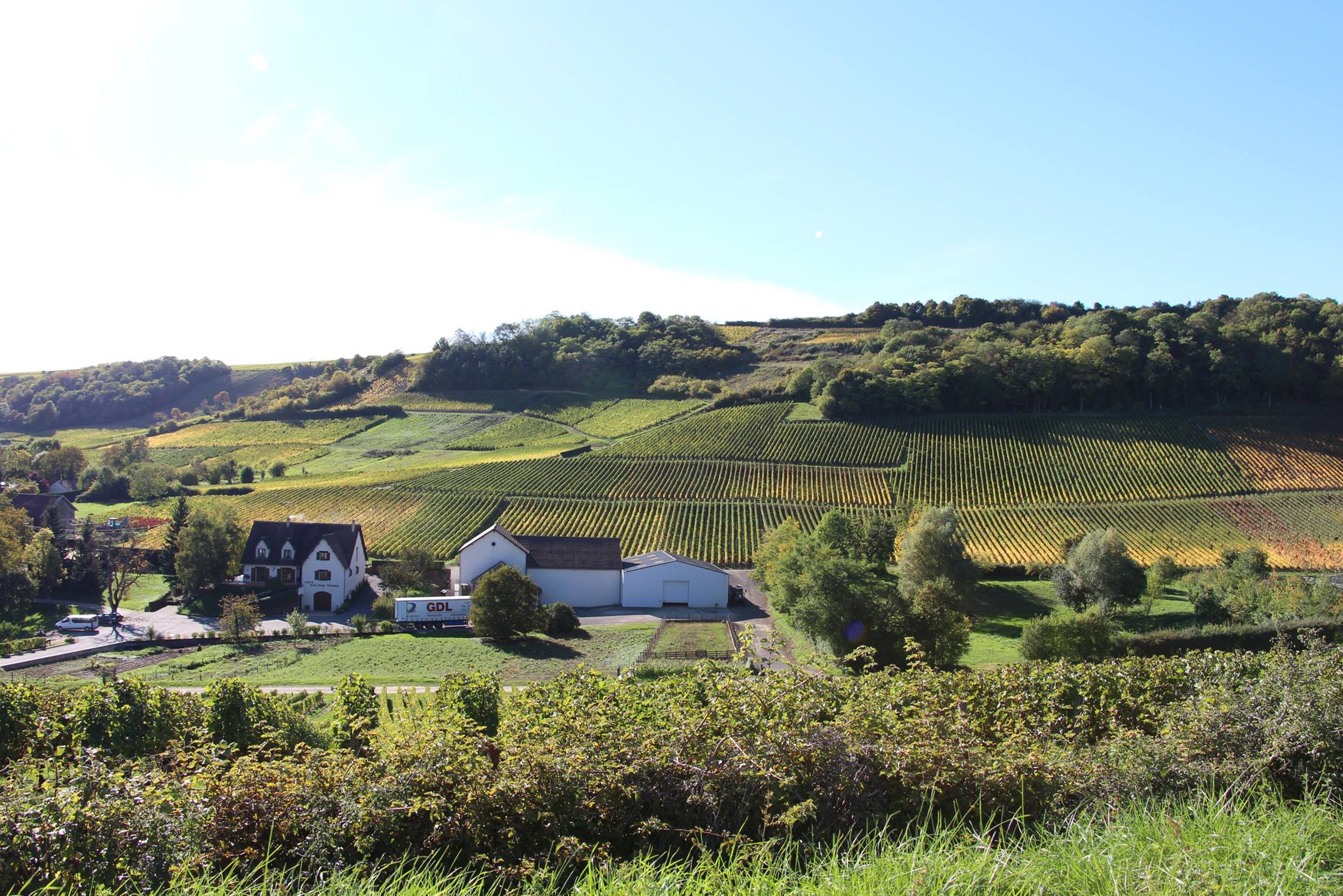
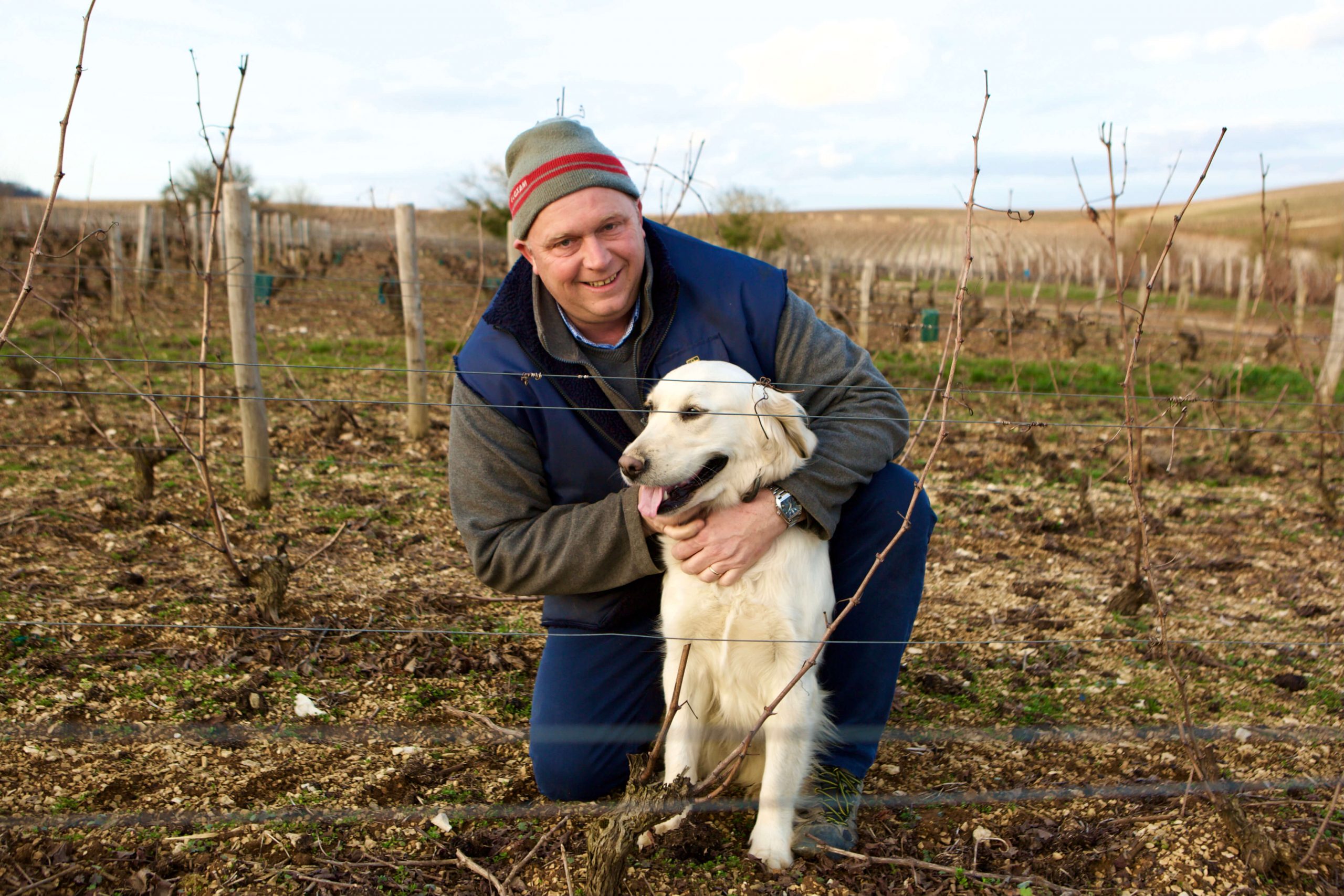
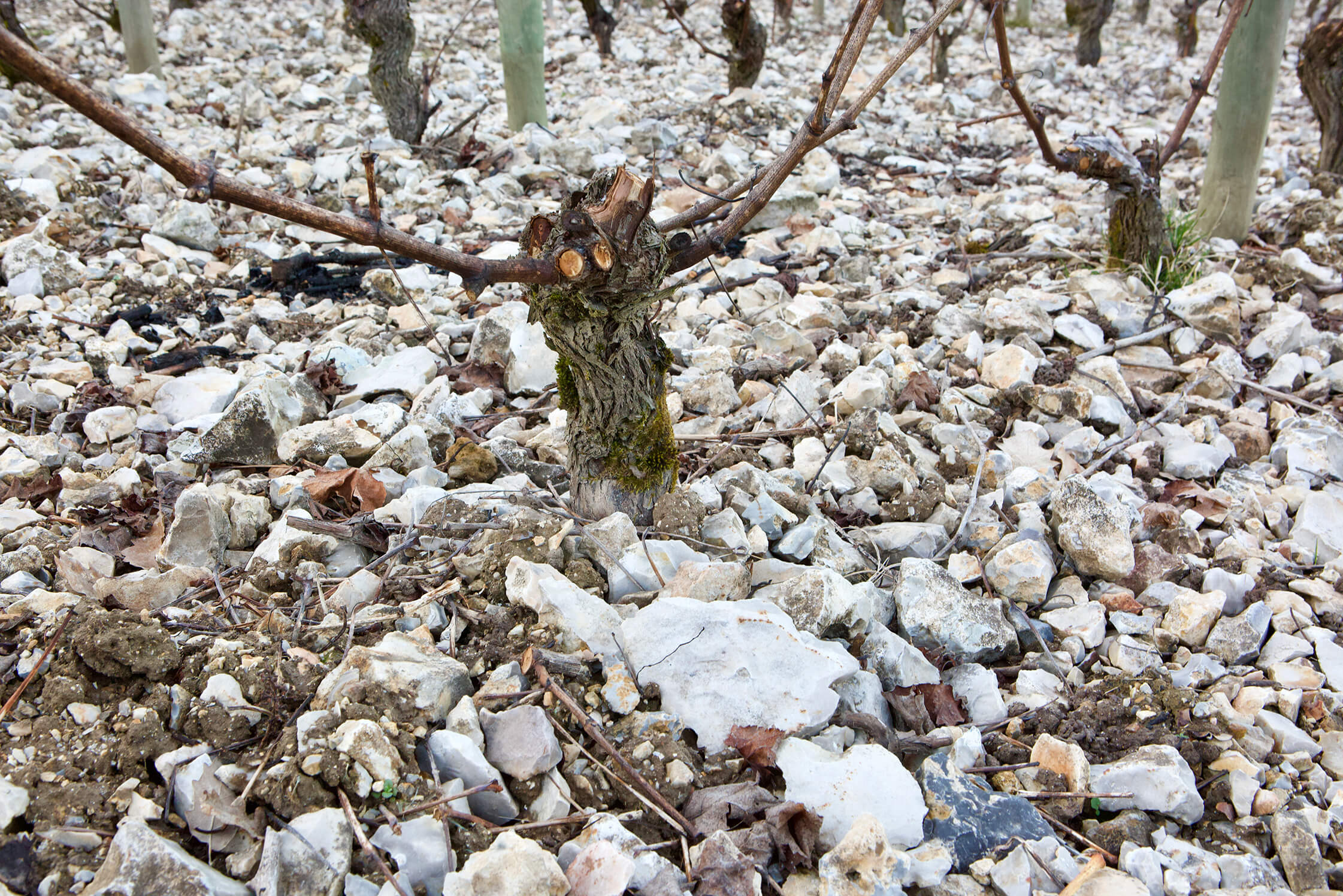
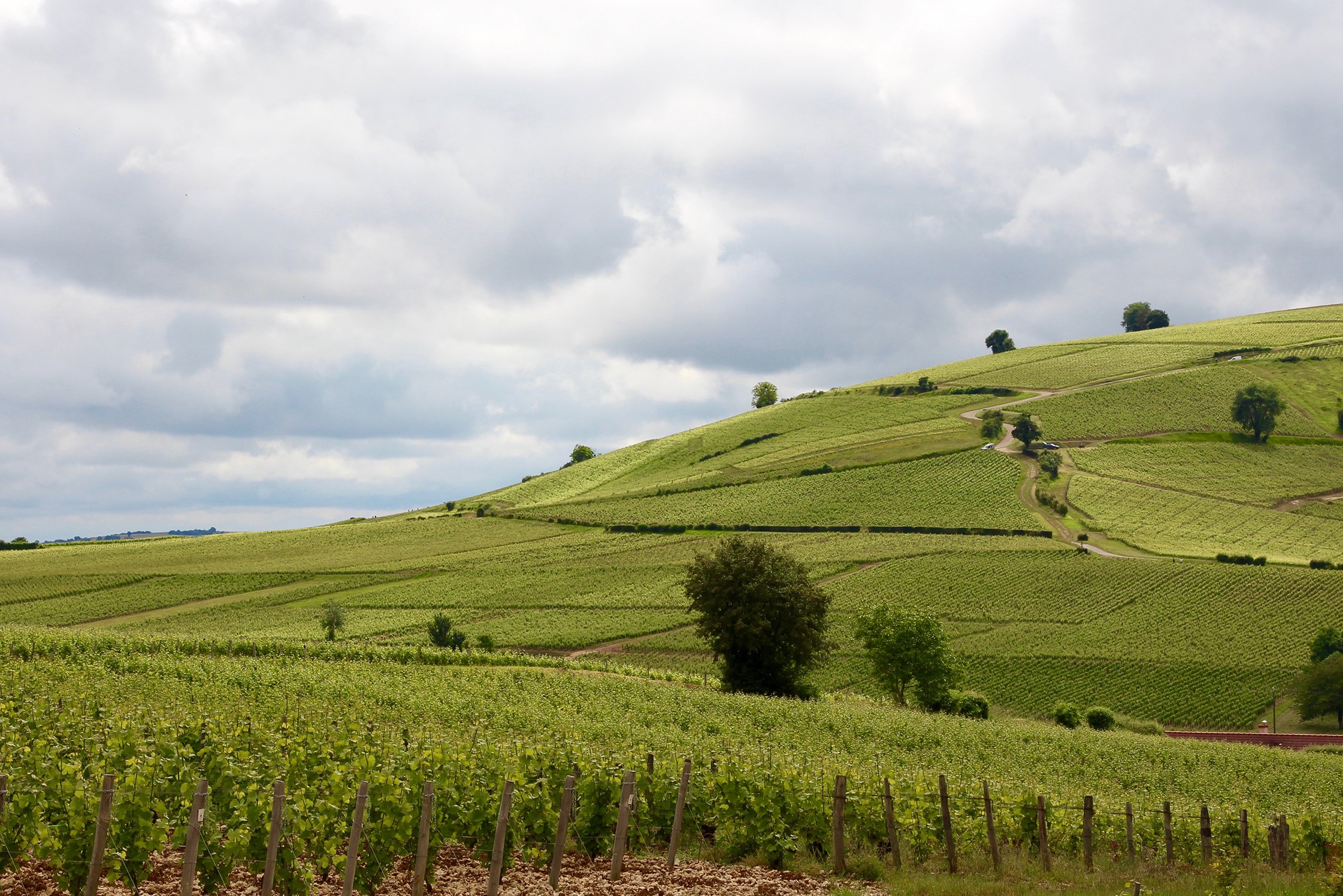
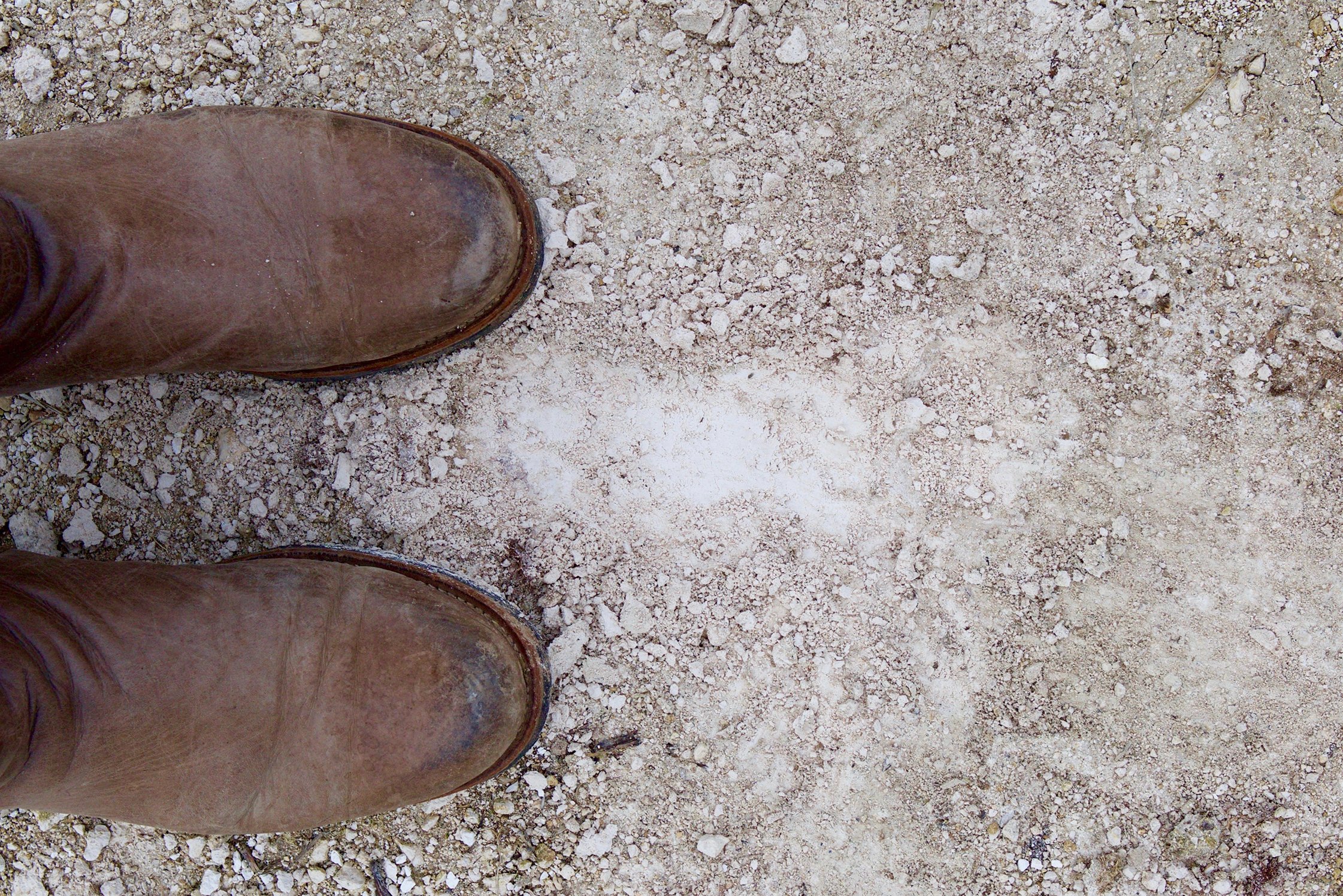
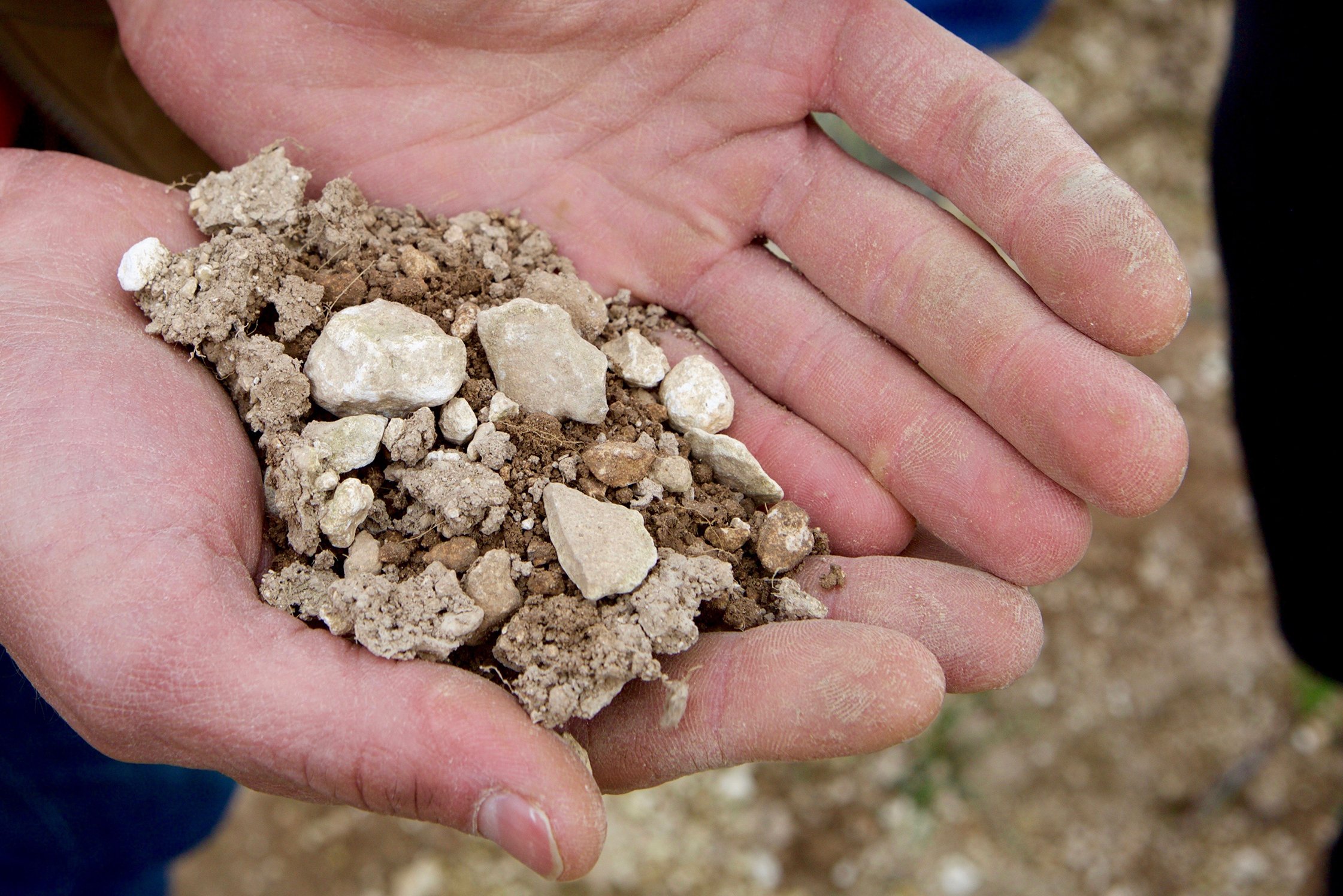


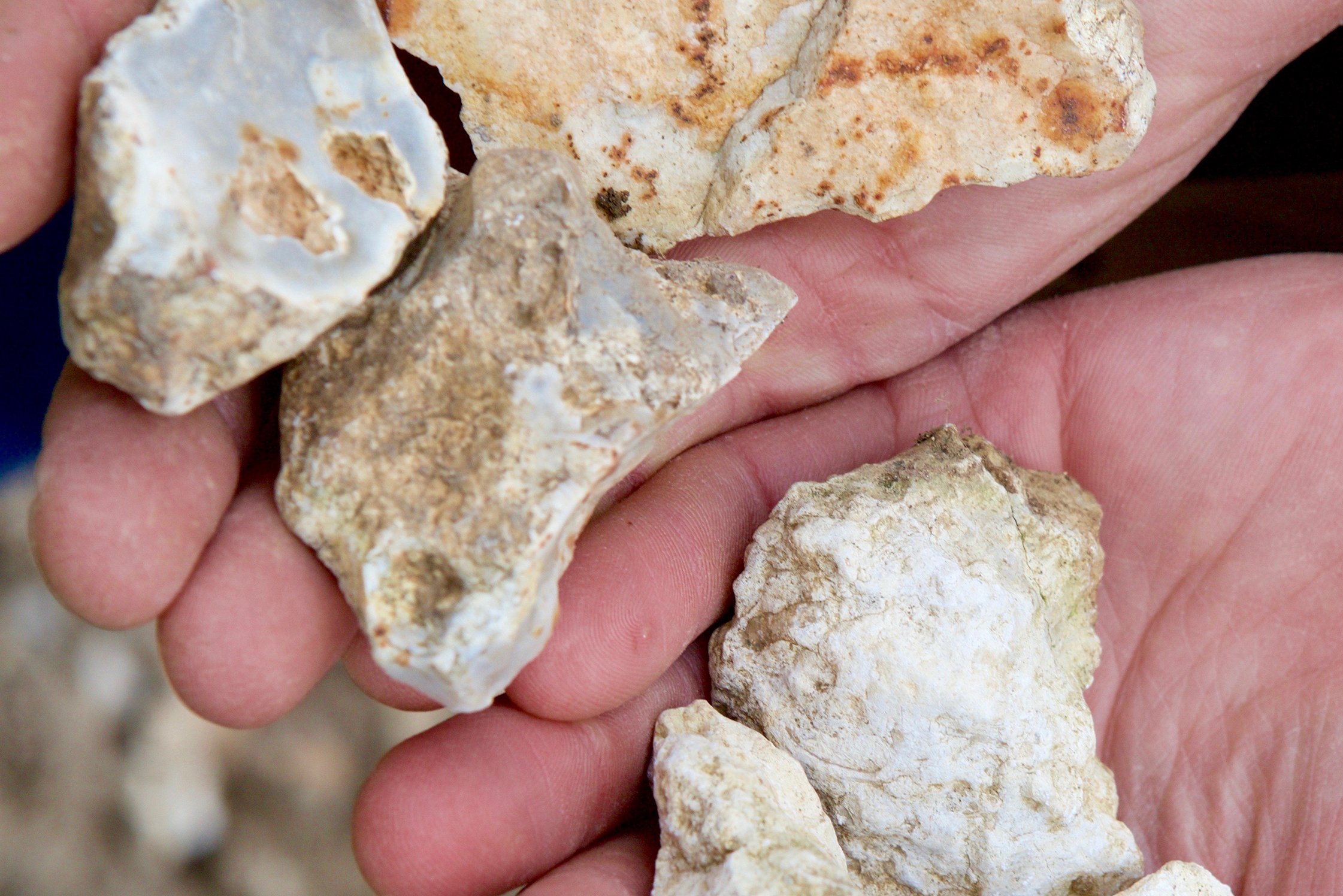
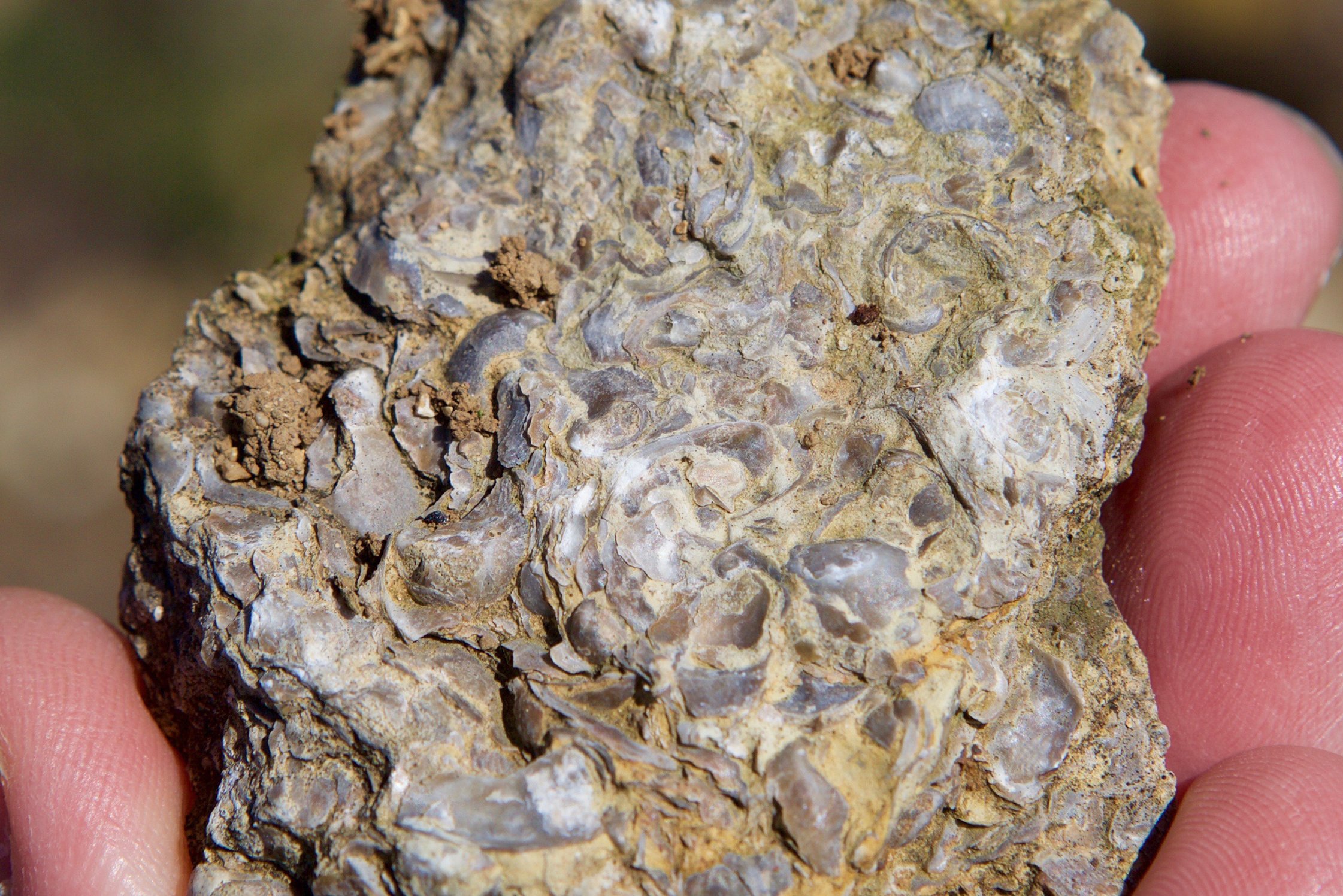
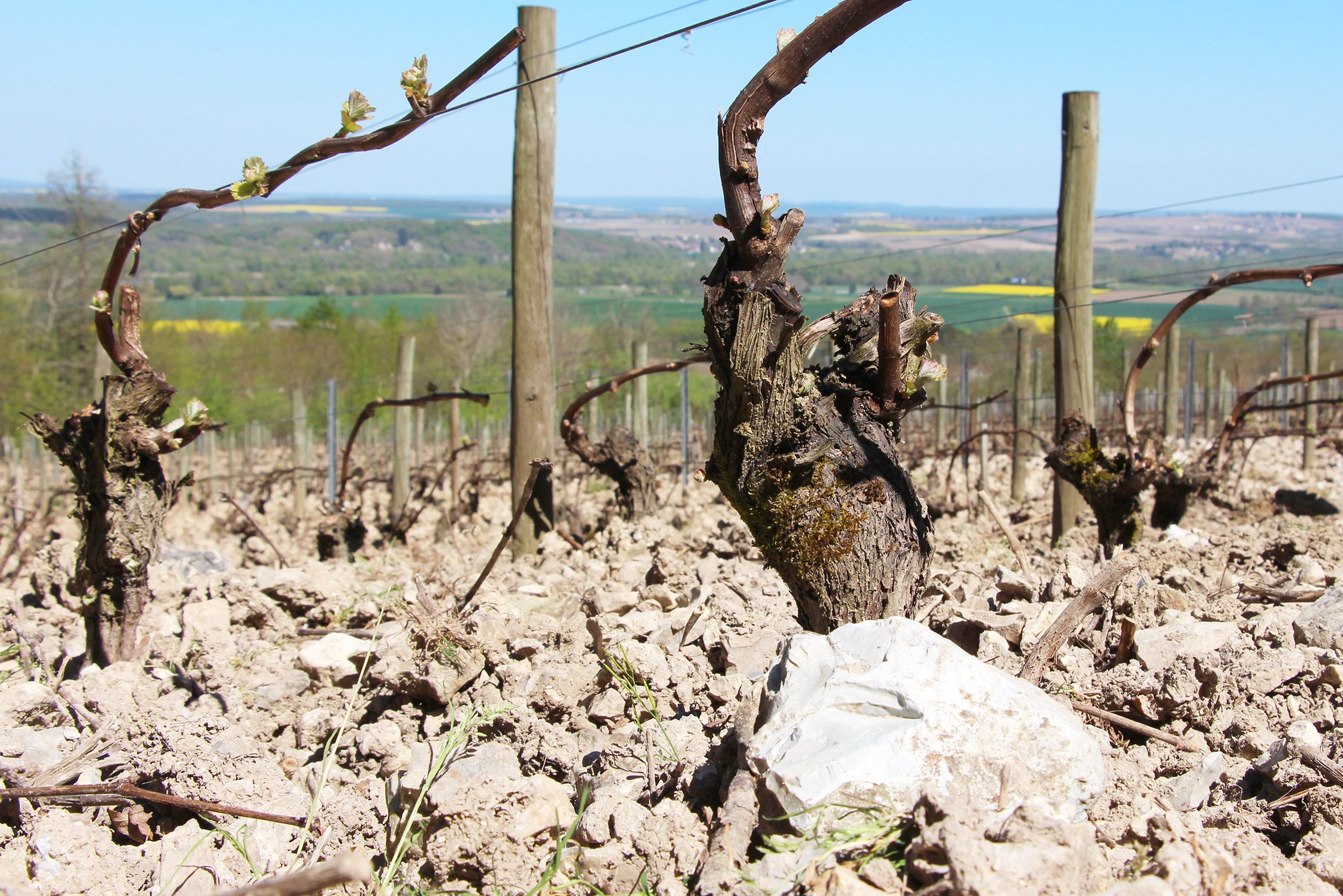
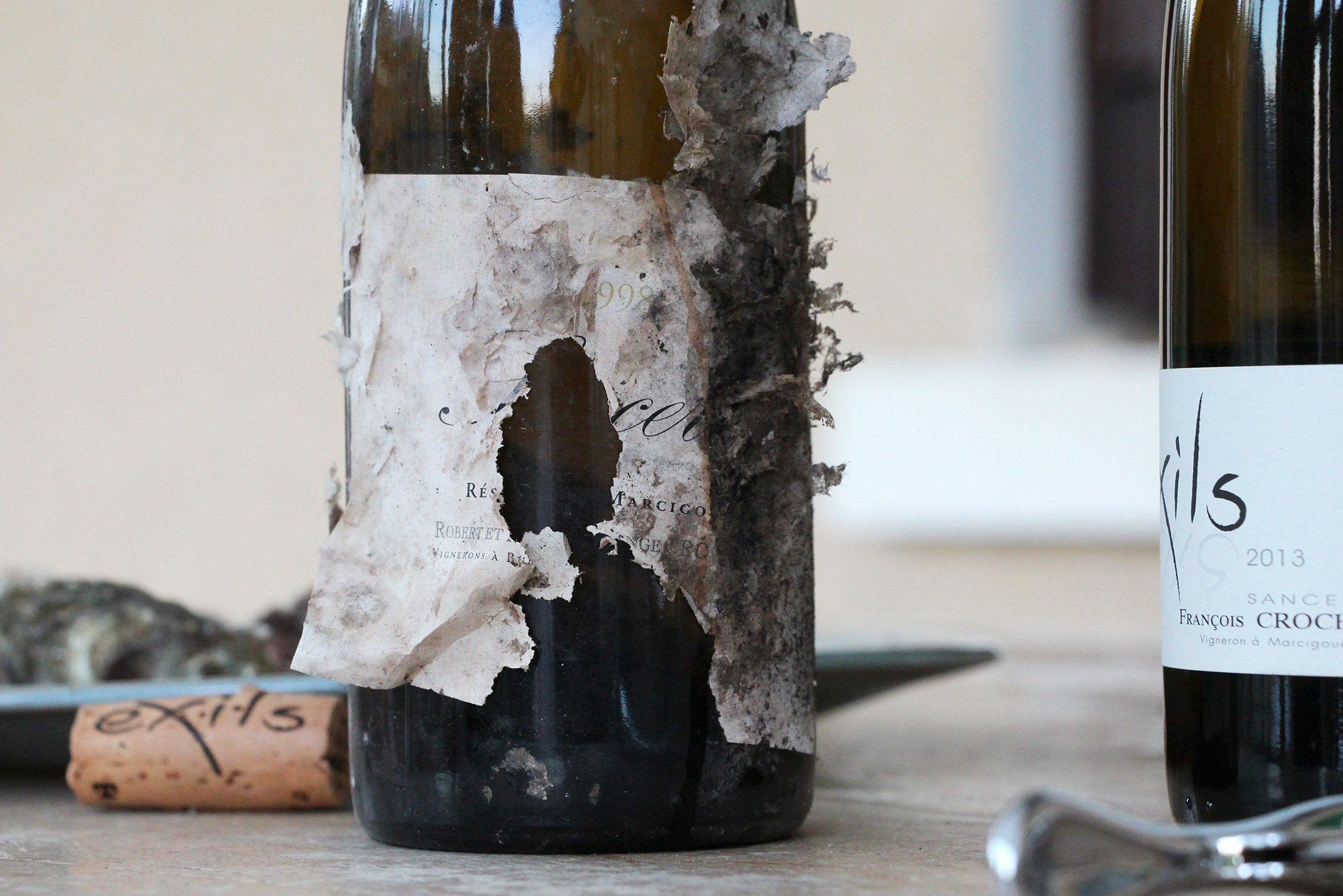
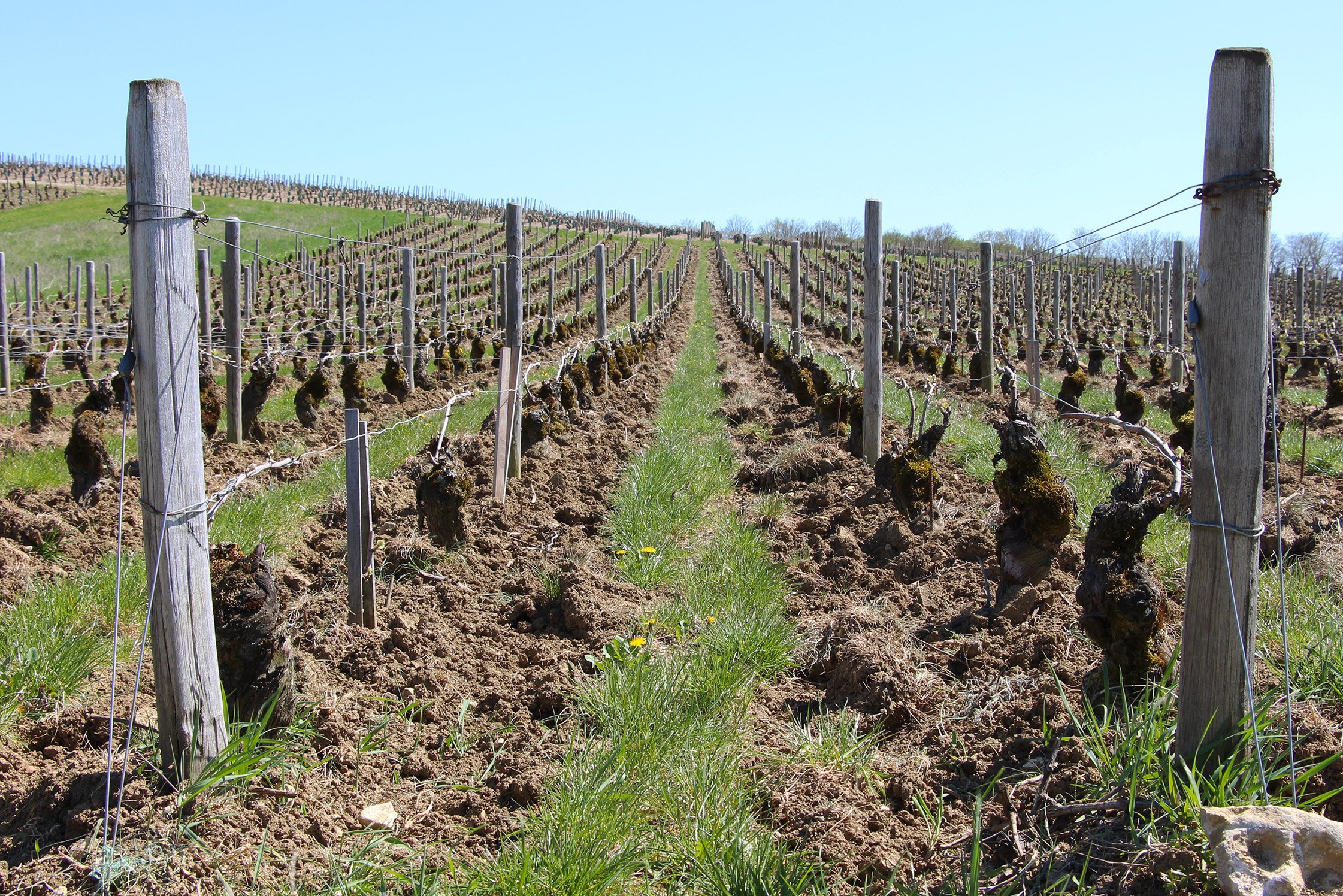
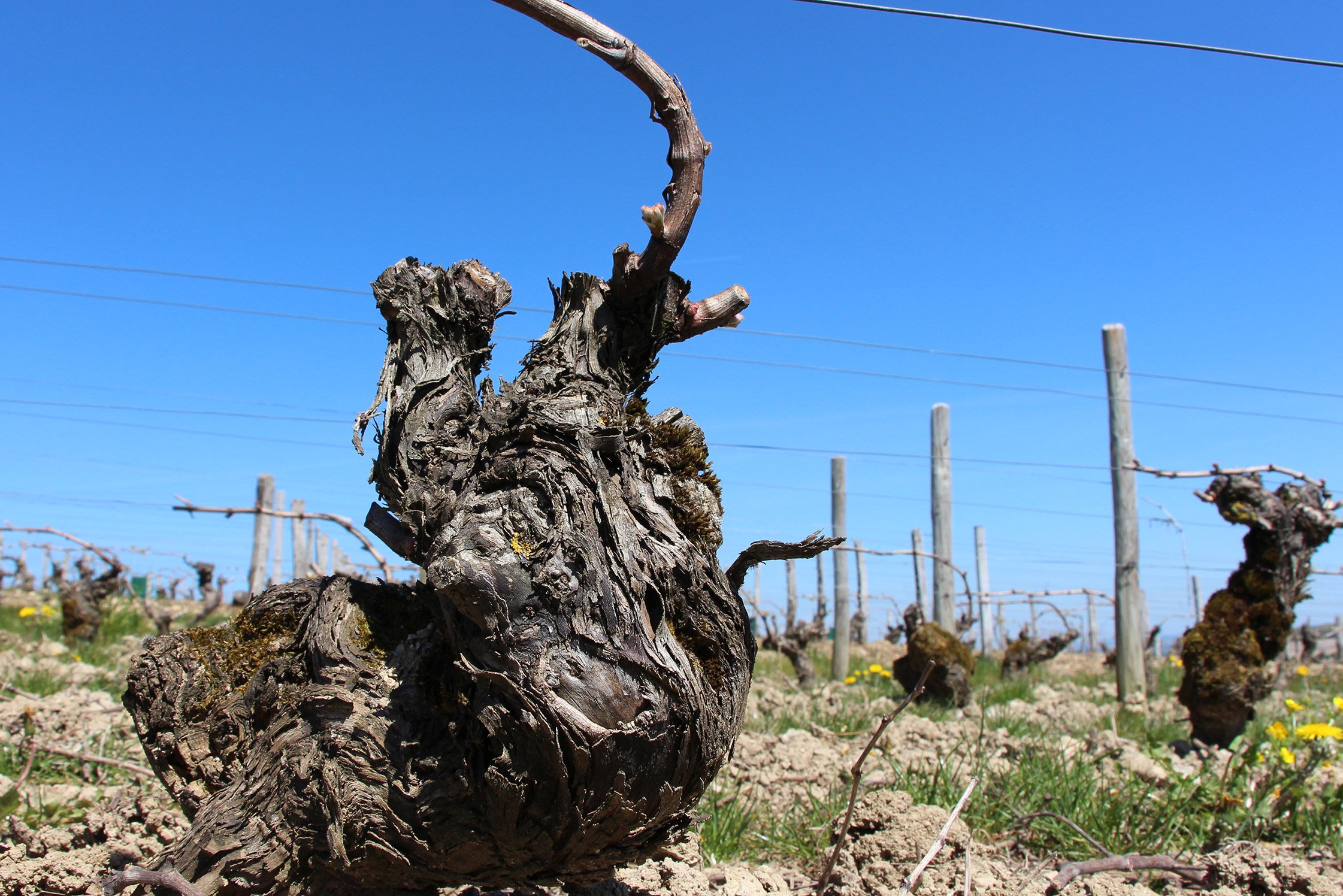
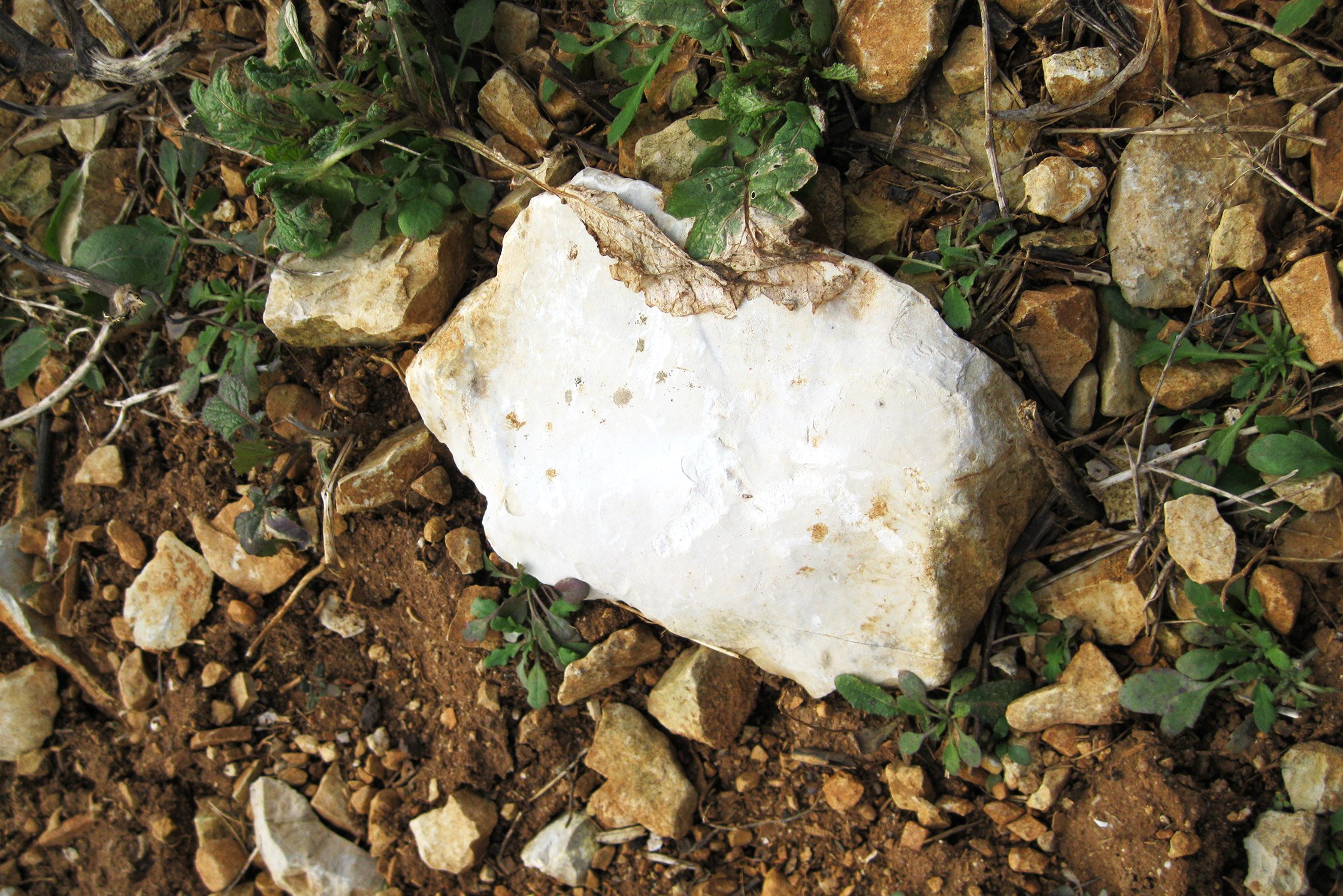
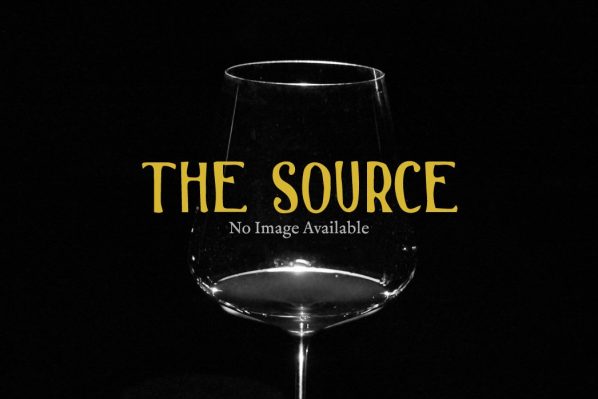
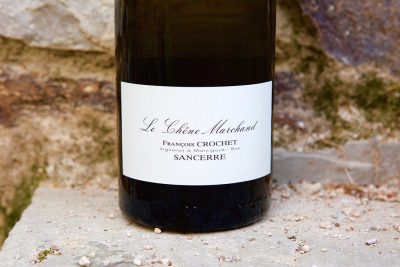
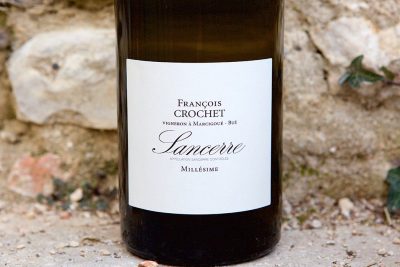
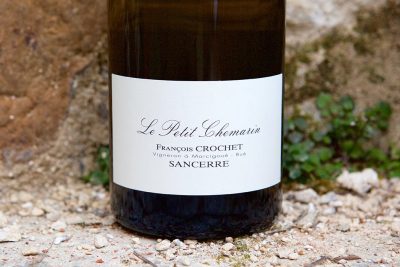
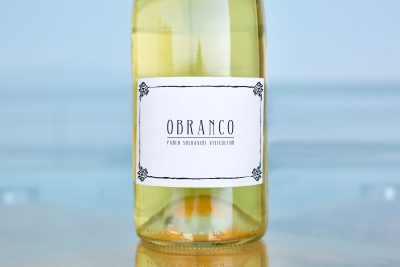
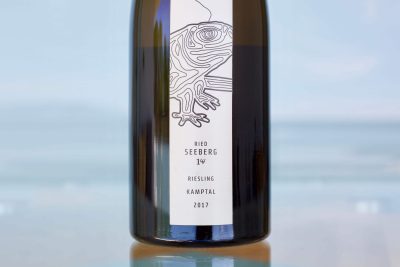
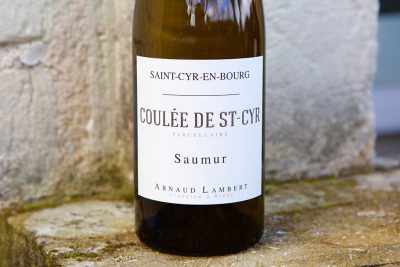
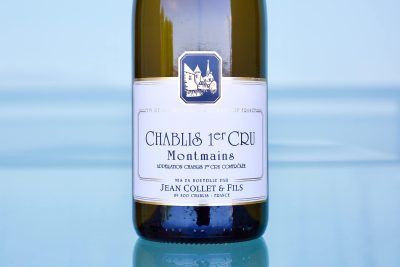
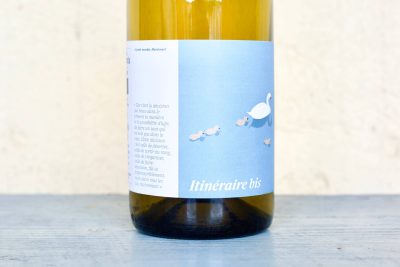
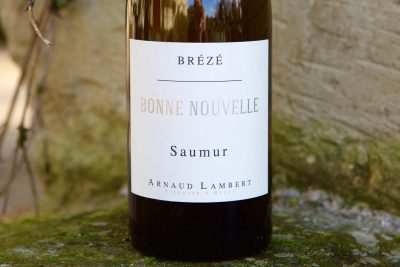
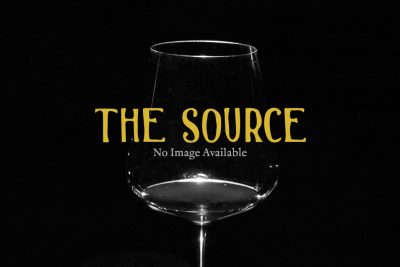
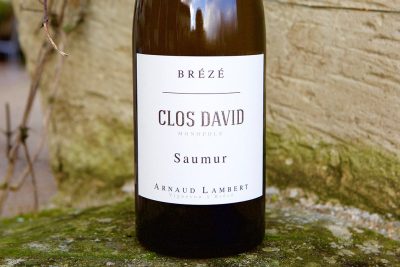
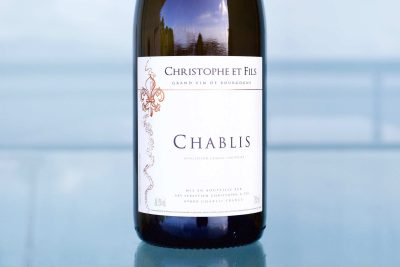
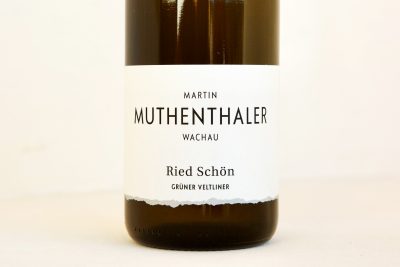
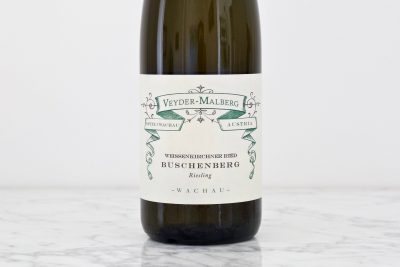
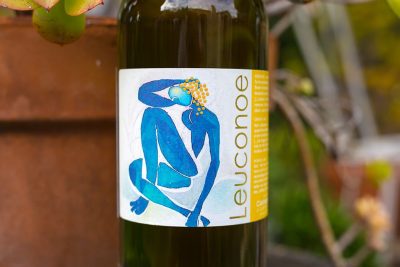
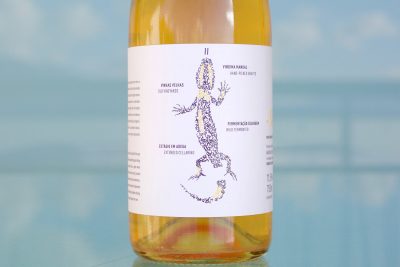
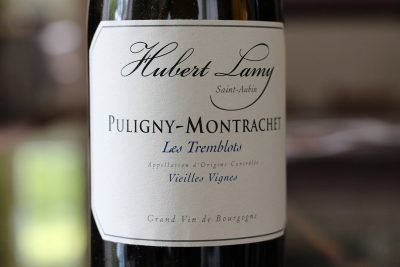
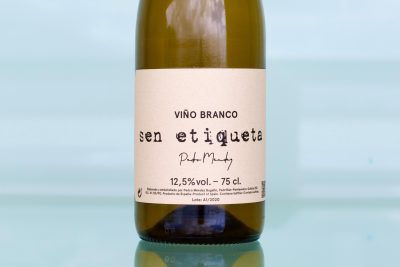 Pedro Mendez
Pedro Mendez
